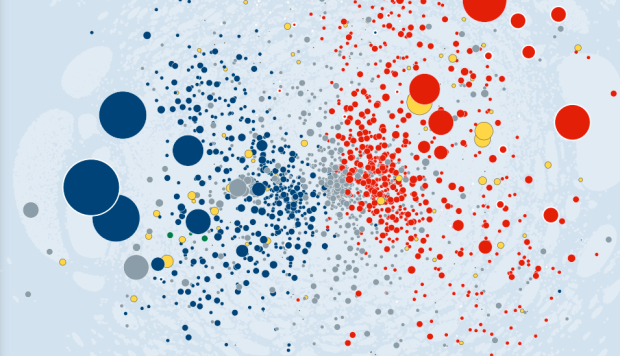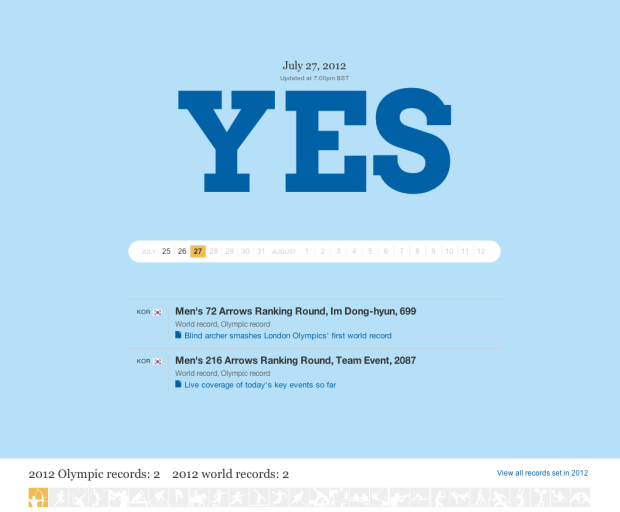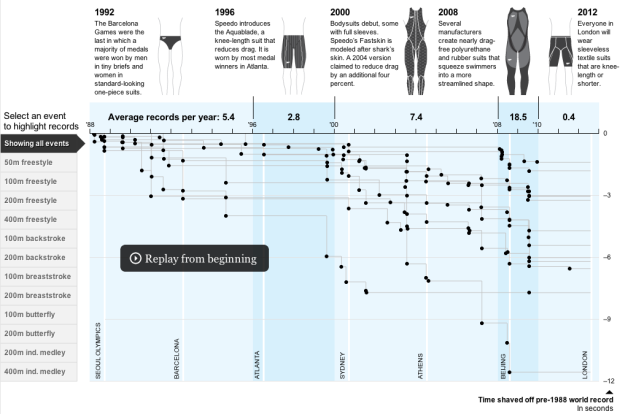Some consider Nigel Holmes, whose work tends to be more illustrative, the opposite of Edward Tufte, who preaches the data ink ratio. Column Five Media asked Holmes about how he works and what got him interested in the genre.
As a young child in England, I loved the weekly comics “The Beano” and “The Dandy.” They were not like American comic books; they were never called “books,” for a start. These English comics from the late 1940s and early ’50s had recurring one-page (usually funny) stories featuring a cast of regular characters. They had names like Biffo the Bear, Lord Snooty, and Desperate Dan. The comics were printed on poor-quality newsprint, which seemed to go yellow as you were reading it, but there was something very attractive about them.
I like the small dig on Tufte around the middle, while citing the paper that happens to find that Holmes’ graphics were more memorable than basic charts.
My own work at first was a little too illustrative, and Edward Tufte made a big fuss about what he thought was the trivialization of data. Recent academic studies have proved many of his theses wrong.
It seems the arguments haven’t changed much over the decades.









 Visualize This: The FlowingData Guide to Design, Visualization, and Statistics (2nd Edition)
Visualize This: The FlowingData Guide to Design, Visualization, and Statistics (2nd Edition)










